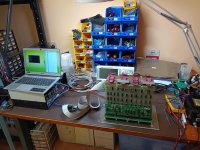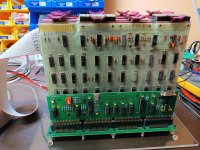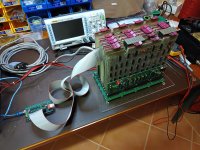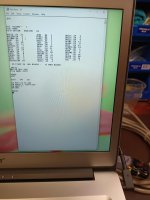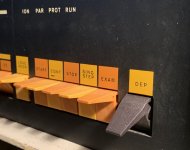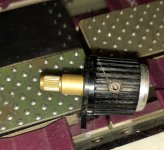thunter0512
Veteran Member
Yesterday I built George's nice Mini-Omnibus board. There is a lot of soldering involved. I really should build some solder fume extractor.
I hope to get the 6 mm acrylic base in the next day or two, but in the meantime will assemble and wire the 3 power supplies on an aluminium sheet.
Here is the result of yesterdays work:

I hope to get the 6 mm acrylic base in the next day or two, but in the meantime will assemble and wire the 3 power supplies on an aluminium sheet.
Here is the result of yesterdays work:


